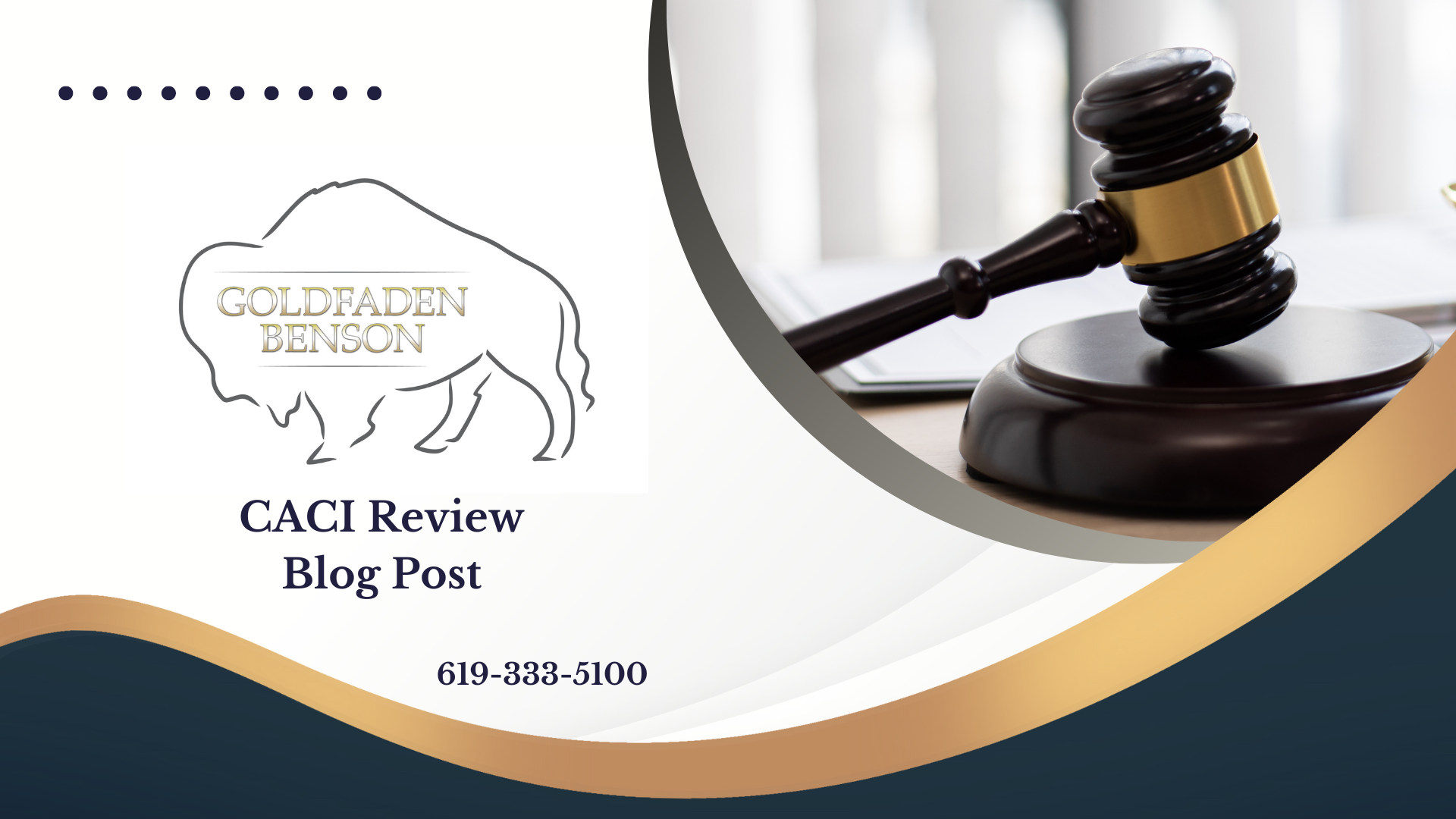Understanding Wrongful Termination Under California Law
When someone loses their job unexpectedly, it can be distressing and confusing. You may be wondering whether your termination was lawful or if you have grounds to seek legal action. In California, wrongful termination can occur if an employer violates public policy when firing an employee. Understanding this cause of action can not only help you grasp your rights but also inform decisions regarding your next steps.
What is Wrongful Termination?
Wrongful termination occurs when an employer ends an employee’s contract for illegal reasons. In California, there are four primary categories of public policy violations related to this cause of action:
1. Refusing to violate a statute (such as a law against fraud).
2. Fulfilling a statutory obligation (for example, reporting workplace harassment).
3. Exercising a statutory right (such as requesting a leave of absence under the Family Medical Leave Act).
4. Reporting a complaint about policies that violate the law (this is often referred to as “whistleblowing”).
To prevail in a lawsuit for wrongful termination, an employee must meet several critical elements established under California law.
What Needs to be Proven?
To bring forth a claim for wrongful termination in violation of public policy, the employee must prove the following:
1. **Employer-Employee Relationship**: The plaintiff must show there was an employer-employee relationship.
2. **Termination**: The employer terminated the plaintiff’s employment.
3. **Public Policy Violation**: The termination was substantially motivated by a violation of public policy.
4. **Harm**: The discharge caused actual harm to the plaintiff.
Let’s break down these elements a bit more:
- **Employer-Employee Relationship**: It must be clear that a formal working relationship existed. The plaintiff must demonstrate that they worked for the company in question.
- **Termination**: This point revolves around the actual action of being fired or laid off. Whether the termination was explicit or implicit (for example, a forced resignation due to unbearable work conditions) is relevant.
- **Public Policy Violation**: The heart of the claim rests on identifying a specific public policy that the termination violated. Suitable public policies are typically outlined in statutes or constitutional provisions relevant to employee rights.
- **Harm**: Finally, it is necessary to show that the plaintiff suffered actual harm due to the termination. This can include financial loss such as lost wages or damage to one's career.
Real-Life Example
Imagine that an employee discovers unethical practices at their company, which may imply the commission of a crime, say fraud. If this employee reports the misconduct to the appropriate authorities and is subsequently fired for doing so, they may have grounds for a wrongful termination claim. The employee would need to establish the aforementioned elements in court to prevail in their case.
What Should You Do if You Believe You Were Wrongfully Terminated?
If you suspect that your termination was wrongful or that your rights have been violated, it's critical to seek legal guidance. Understanding the nuances of these claims can be complex, and an attorney specializing in employment law can provide you with the necessary advice based on your circumstances.
At Goldfaden Benson, we are committed to helping individuals navigate the complexities of personal injury cases, including wrongful termination. If you have questions or want to discuss your situation further, please contact us for a consultation.
Reflecting on your employment rights can be overwhelming after a termination. Understanding your position can empower you to make informed decisions about your future. If you have experienced such a situation, consider reaching out to a legal expert to discuss your options.








